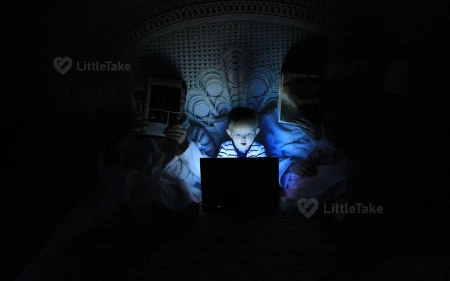
Preventing Digital Addiction in Kids
In today's technology-driven world, it's not uncommon for kids to spend a significant amount of time on screens. While technology offers many benefits, excessive screen time can lead to digital addiction. Here are some practical tips for preventing digital addiction in kids and promoting a healthy balance between online and offline activities.
1. Set Clear Screen Time Limits
Establish daily or weekly limits for screen time, taking into consideration your child's age, activities, and needs. Make sure to include time for homework, physical activities, and social interactions.
Real-Life Example: Sarah's Family Rule
In Sarah's family, her parents set a rule that she can only use her tablet for one hour after completing her homework and chores. This helps her prioritize her responsibilities and maintain a healthy balance between online and offline activities.
2. Encourage Alternative Activities
Offer a variety of non-digital activities for your child to engage in, such as sports, arts and crafts, or playing with friends. This helps them develop well-rounded interests and reduces their reliance on screens for entertainment.
3. Create Tech-Free Zones and Times
Designate certain areas of your home, such as the dining room or bedrooms, as tech-free zones. Additionally, establish tech-free times, like during meals or before bedtime, to help your child disconnect and focus on other activities or family time.
4. Model Healthy Screen Time Habits
Children often learn from their parents' behavior. Be mindful of your own screen time habits and model a balanced approach to technology use, setting a positive example for your kids.
5. Monitor and Adjust Screen Time
Keep track of your child's screen time and adjust the limits as needed. If you notice any signs of digital addiction, such as irritability or difficulty concentrating, consider reducing their screen time further.
Real-Life Example: Kevin's Screen Time Reduction
When Kevin's mom noticed he was having trouble sleeping and focusing on his homework, she decided to reduce his screen time from two hours to one hour per day. After a few weeks, Kevin's sleep and concentration improved significantly.
6. Educate Your Child About Digital Addiction
Discuss the risks of digital addiction with your child, helping them understand the importance of maintaining a healthy balance between online and offline activities.
Conclusion
Preventing digital addiction in kids involves setting clear screen time limits, encouraging alternative activities, creating tech-free zones and times, modeling healthy screen time habits, monitoring and adjusting screen time, and educating your child about digital addiction. By adopting these strategies, you can help your kids develop a balanced and responsible approach to technology use.













